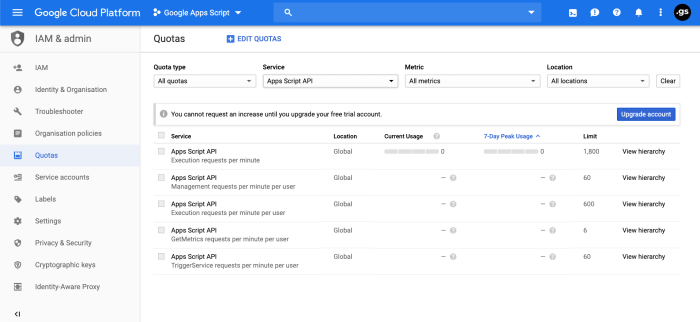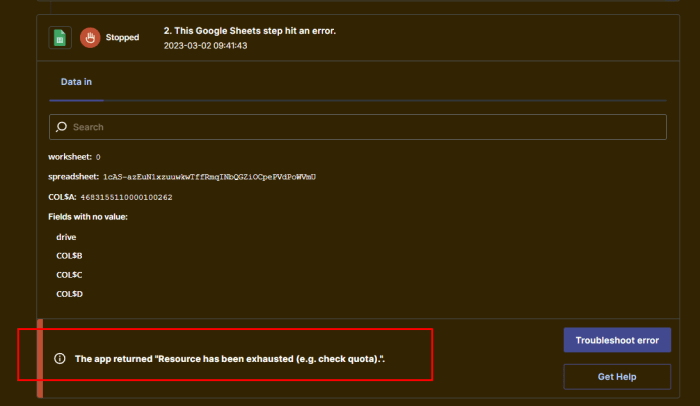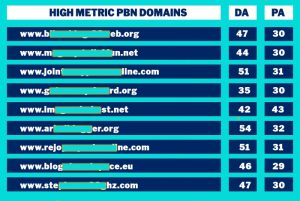
Indexing in Google

Backlink indexing in Google is crucial for their visibility and impact on your website’s rankings. When backlinks are indexed, Google can crawl and evaluate them, allowing them to contribute to your site’s overall link profile.
Several factors affect the indexability of backlinks from PBNs:
- Domain authority:Google gives higher priority to backlinks from websites with high domain authority.
- Page authority:Backlinks from pages with high page authority are more likely to be indexed.
- Link quality:Backlinks that are relevant to your website’s content and come from trustworthy sources are more likely to be indexed.
- Nofollow links:Backlinks with the nofollow attribute are not indexed by Google.
- Site architecture:Websites with a clear and well-organized site architecture are more likely to have their backlinks indexed.
Strategies for Ensuring Indexation
To ensure that backlinks from PBNs are indexed by Google, consider the following strategies:
- Build high-quality backlinks:Focus on acquiring backlinks from reputable websites with high domain authority and page authority.
- Use dofollow links:Ensure that the backlinks you acquire are dofollow, allowing Google to follow and index them.
- Monitor your backlinks:Regularly monitor your backlink profile to identify any unindexed backlinks and take steps to rectify the issue.
- Submit your website to Google Search Console:This will help Google discover and index your website and its backlinks.
- Create a sitemap:A sitemap provides Google with a list of all the pages on your website, making it easier for them to discover and index your backlinks.
Evaluating Backlink Quality

Evaluating the quality of backlinks is crucial for successful campaigns. High-quality backlinks can boost your website’s ranking and visibility in search engine results pages (SERPs), while low-quality backlinks can have negative consequences.
There are several key metrics to consider when evaluating the quality of backlinks:
- Domain Authority (DA):DA measures the strength and credibility of a website based on its backlinks, content quality, and other factors.
- Page Authority (PA):PA measures the authority of a specific page on a website.
- Backlink Anchor Text:The text used in the anchor text of a backlink can provide context and relevance to your website.
- Referring Domain Diversity:Having backlinks from a variety of domains indicates a more natural and diverse backlink profile.
- Backlink Velocity:The rate at which you acquire backlinks can impact your website’s ranking. Unnatural or sudden increases in backlinks can raise red flags for search engines.
To help you understand the differences in backlink quality, here is a table comparing backlinks from different sources:
| Source | Quality | Pros | Cons |
|---|---|---|---|
| PBNs | Low | Easy to acquire, can quickly boost rankings | High risk of being penalized by search engines, low domain authority |
| Guest Posts | Medium | Can build relationships, improve brand visibility | Time-consuming to acquire, may require payment |
| Social Media | Low | Easy to acquire, can generate traffic | Low domain authority, may not be relevant to your website |
It is important to identify and avoid low-quality backlinks that can harm your website’s ranking. Here are some signs of low-quality backlinks:
- Backlinks from websites with low domain authority or relevance
- Backlinks with unnatural or spammy anchor text
- Backlinks from websites that have been penalized by search engines
- Backlinks that are part of link schemes or paid link networks

